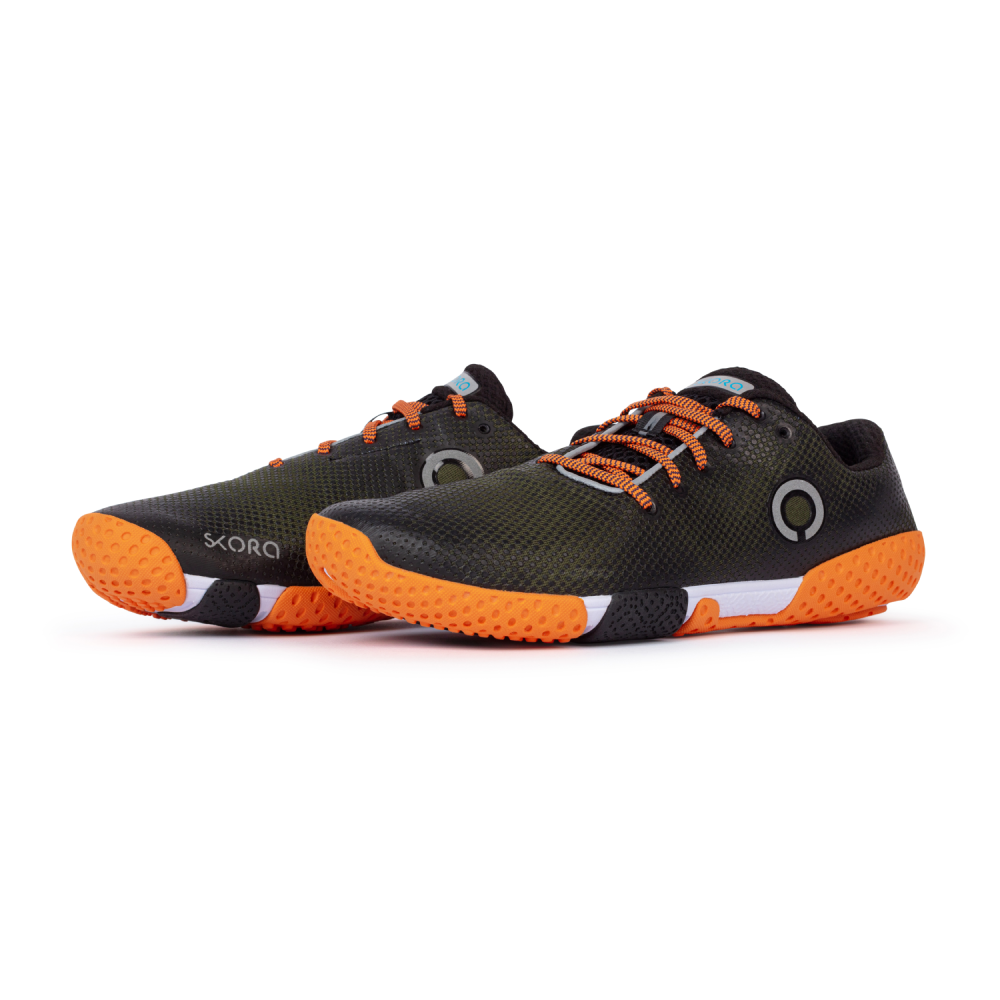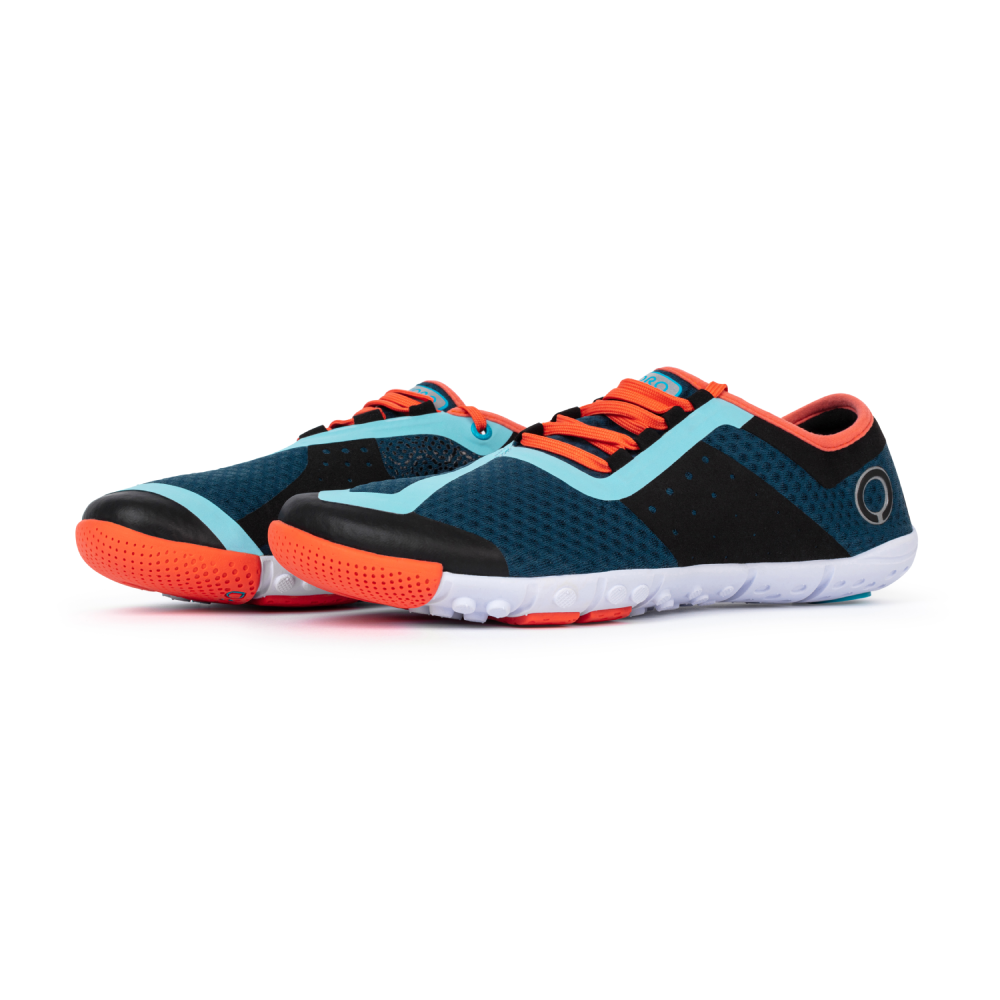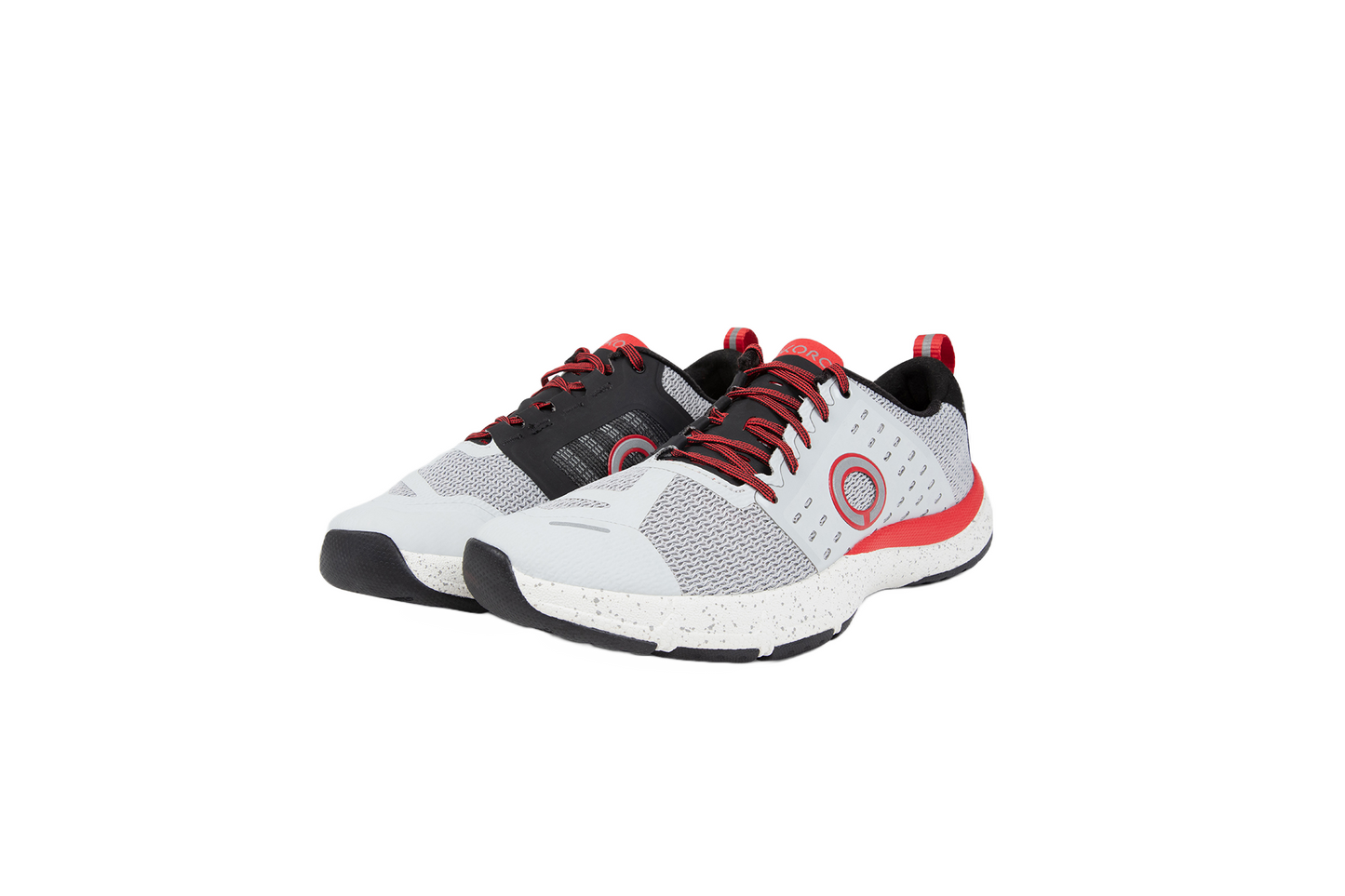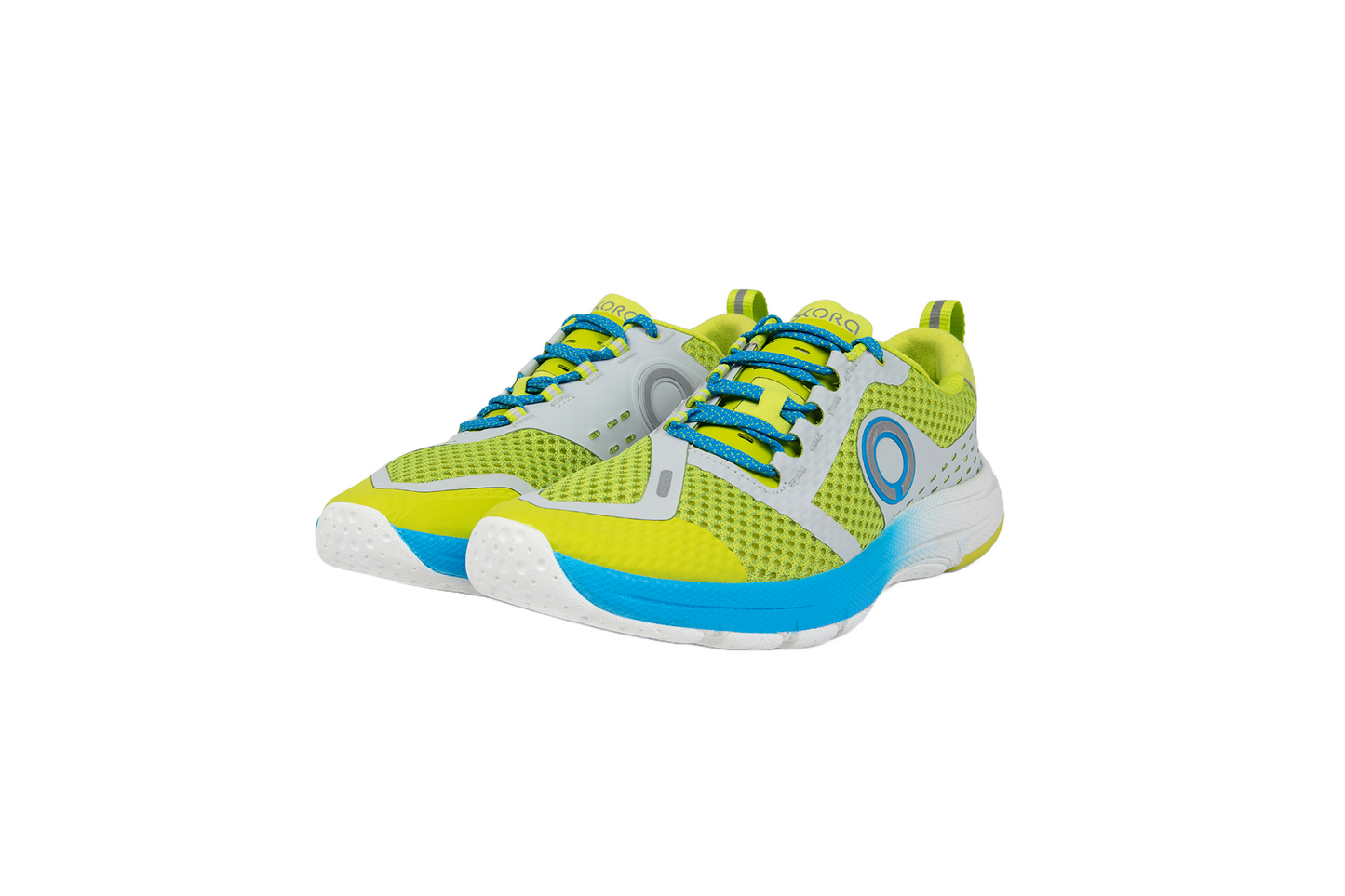
You know the drill.
The shoe salesman watches how you stand, barefoot or in shoes.
Next you walk back and forth, jog in place, maybe on a treadmill. Barefoot and maybe in your current shoes.
You know the drill.
The shoe salesman watches how you stand, barefoot or in shoes.
Next you walk back and forth, jog in place, maybe on a treadmill. Barefoot and maybe in your current shoes.
This ritual has been drilled into peoples’ heads for decades, yet, it may not matter. Or more appropriately, it may matter in that it does not really matter.


A few studies in the last few years have looked at how shoes prescribed based on a person’s foot affects injury rates, and results have been quite interesting.
The first study took 81 women categorized as either neutral, pronated, or highly pronated. Next they were randomly given a pair of neutral, stability, or motion control shoes. They then began a 13 week half marathon training program.
Over the course of 13 weeks, 194 missed training days were reported by 32% of the athletes. Those in motion control shoes reported the majority of these days. All of the “highly pronated” individuals in the motion control shoes reported pain. In pronated feet, the stability shoe wearers reported more pain than those in neutral shoes.
Simply put, “The findings of this study suggest that our current approach of prescribing in-shoe pronation control systems on the basis of foot type is overly simplistic and potentially injurious.”
Next, a Danish study observed over 900 novice runners for one year, categorizing them into the various foot-types. They were all given a neutral running shoe, regardless of their foot type.
252 of the runners reported an injury that restricted running for at least 1 week. Over the year, there were no observed differences in injury rate among the various foot types, even though they were all in the same shoe.
One of the authors told Runner’s World Newswire, “Based on our findings, healthy new runners with pronating feet face the same injury risk as their neutral peers when taking up running in a neutral shoe. It seems like a neutral shoe is a feasible choice regardless of the foot posture. New runners may focus on comfort feeling rather than foot posture when choosing a running shoe.”
Another study of 25,000 footsteps by Robin Huw Crompton led him to conclude that “”A sports shoe with a lot of arch support might not be such a great idea,” he says. A bit of cushioning is fine. “But I’d look for a shoe that lets your toes wiggle and doesn’t constrain foot motion. You want your foot to be able to move and flatten because that’s what it’s designed to do.””

So, if basing your footwear choice on how your foot moves and is shaped does not really matter…what does matter?!?
Comfort – When people ask, “which bike should I get”, the best answer is the one they are most comfortable on and fits the best. Same with shoes. Regardless of what research or anyone says, you will be healthiest and fastest when comfortable.
Strength – Frequent and consistent ancillary work to both prevent and heal injury is incredibly important. If you are not doing this on a regular basis, you’re doing your body a disservice.
Mobility – This is a combination of soft tissue work such as foam rolling, stretching, and joint mobilization.
But, some people may pronate a bit more than what may be optimal. What are they to do?
We’d suggest to address the issue at its source, which is potentially a lack of muscle strength or a slight imbalance. Weak posterior or anterior tibialis or peroneus longus may contribute to over-pronation.
-
Further Reading
- Do You Pronate?
- Over-Pronation is not Really Your Problem
- Prescribing Running Shoes Based on Arch Height
- Overpronation: Accurate or out of Date Terminology?
- Confessions of an “Over-Pronator”
- Top 3 Myths in Running Shoes
- Overpronation, The Truth
- Enhancing Natural Pronation Control
- Pronation and Supination
-
Evidence Against Prescribing Shoes Based on Motion Control Paradigm




